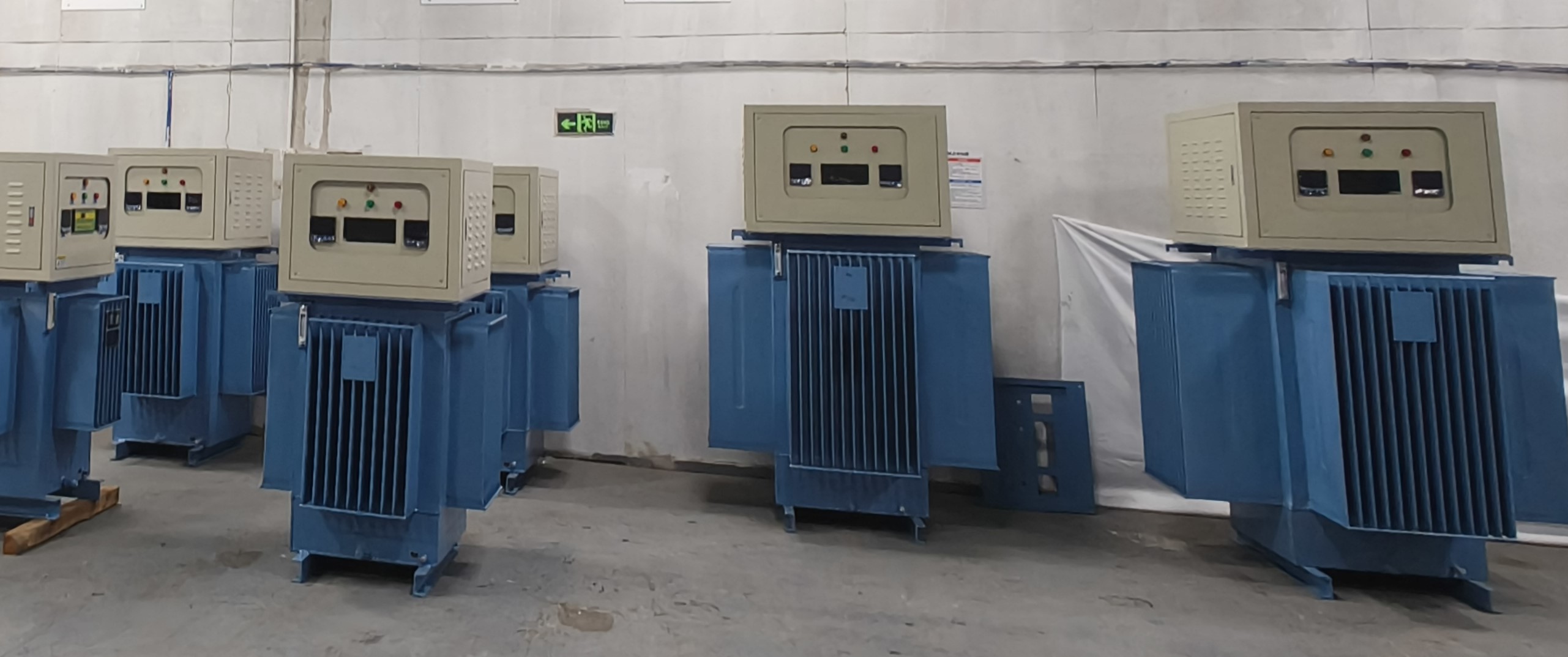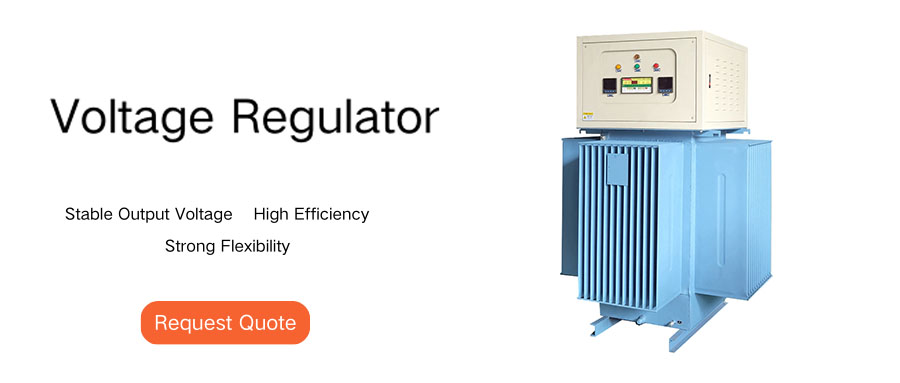A three-phase voltage regulator is an electrical device used to stabilize and regulate voltage. It is mainly composed of a control circuit, power components and sensors, and can maintain a stable output voltage when the input voltage fluctuates. The following will introduce in detail the working principle of the three-phase voltage regulator and how it regulates the output voltage.
Composition of a three-phase voltage regulator
A complete three-phase voltage regulator is mainly composed of three single-phase voltage regulators, each of which is responsible for stabilizing the voltage of one phase, so that the three phases work at the same time, so that the entire three-phase voltage regulator can output three-phase voltage stably. Usually, three single-phase voltage regulators have a master voltage regulator and two slave voltage regulators, where the master voltage regulator can manually or automatically adjust the output voltage.
Working principle of three-phase voltage regulator
The working principle of the three-phase voltage regulator is to achieve output voltage stability through detection and feedback mechanism. The master voltage regulator monitors the output voltage through the control circuit and compares it with the set value. When the output voltage is lower than the set value, the control circuit transmits a signal to the power component to increase the output voltage by increasing the current. On the contrary, when the output voltage is higher than the set value, the control circuit will reduce the current to lower the output voltage. These regulation processes are based on the principle of negative feedback.
When the output voltage is lower than the set value, the main regulator will increase the trigger angle in the control circuit, so that the power element conduction time increases, thereby increasing the output voltage. Similarly, when the output voltage is higher than the set value, the main regulator will reduce the trigger angle in the control circuit, thereby reducing the power element conduction time and reducing the output voltage. This method can achieve accurate regulation of the output voltage.
In addition, by detecting the fluctuation of the input voltage through the sensor, the three-phase voltage regulator can also predict the voltage drop or rise trend in advance. In this way, the voltage regulator can start to adjust the output voltage before the voltage fluctuates to ensure that the output voltage remains stable within a narrow range. This regulation process is achieved based on the feedback signal obtained by the sensor.
In short, the three-phase voltage regulator can effectively regulate the output voltage and keep it stable. It adjusts the output voltage through the control circuit and power element, monitors the fluctuation of the input voltage through the sensor, and predicts and adjusts it according to the feedback signal. The working principle of the three-phase voltage stabilizer is complicated, but in this way, it can stabilize the output voltage and ensure the safe operation of power equipment.
IDEALPLUSING, we focus on the research and development, sales and service of DC-DC power modules, AC-DC rectifier modules, DC-AC inverters, AC power supplies, DC power supplies, LED power supplies, chargers, rectifier systems, etc., providing personalized, efficient, reliable and affordable power solutions for all walks of life.
If you need, please contact us immediately!
It will not cost you a penny to consult any questions, but it may be an opportunity for both of us!
Thank you for considering our services.








